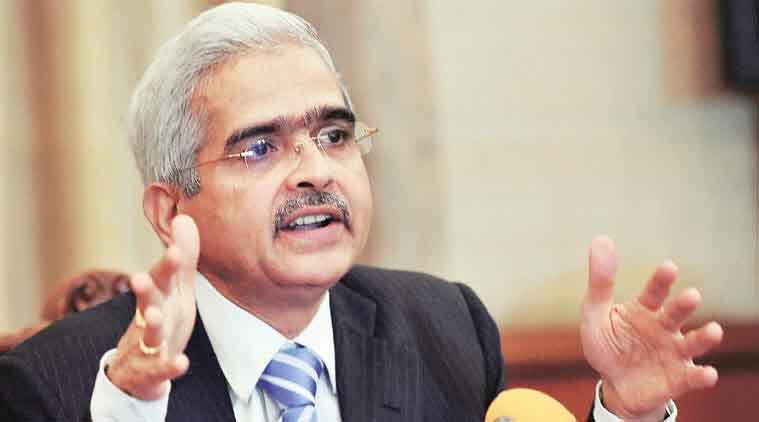
RBI keeps policy rates on hold
The Reserve Bank of India (RBI) has left its policy rate unchanged at 4 percent. Consequently, the reverse repo rate under the Liquidity Adjustment Facility, LAF remains unchanged at 3.35 percent and the marginal standing facility (MSF) rate and the Bank Rate at 4.25 per cent.

The Reserve Bank of India (RBI) has left its policy rate unchanged at 4 percent.
Consequently, the reverse repo rate under the Liquidity Adjustment Facility, LAF remains unchanged at 3.35 percent and the marginal standing facility (MSF) rate and the Bank Rate at 4.25 per cent.
The reverse repo rate is the rate at which RBI borrows from the banks to kept the liquidity at check. MSF is the rate at which banks can borrow emergency funds from RBI when inter-bank liquidity dries up. Bank rate is the minimum rate below which Banks cannot lend to its customers.
The Monetary Policy Committee (MPC) of the RBI met on Thursday (August 6). The decisions were announced by the RBI governor Shaktikanta Das, at the end of its second bi monthly monetary policy for the ongoing financial year, i.e. FY20-21.
The RBI expects the real GDP growth to be negative in the first half and over all 2021, according to the policy statement, and expects headline inflation to steady upwards.
This is in line with the trend seen with Central Banks globally. Earlier, The Bank of England had also announced that interest rates are to remain unchanged at 0.1% in its latest monetary policy decision.
Goals of the monetary policy
The governor said that the primary objective of monetary policy is to “maintain price stability while keeping in mind the objective of growth”. He said, “price stability is a necessary precondition to sustainable growth”.
In May 2016, the 1934 Reserve Bank of India (RBI) Act, was amended to provide a statutory legislative basis for the implementation of the flexible inflation targeting framework. The amended RBI Act also provides for the inflation target to be set by the Government of India, in consultation with the Reserve Bank, once in every five years.
Accordingly, the Central Government has notified in the Official Gazette 4 per cent Consumer Price Index (CPI) inflation as the target for the period from August 5, 2016 to March 31, 2021 with the upper tolerance limit of 6 per cent and the lower tolerance limit of 2 per cent.
Although the CPI inflation has exceeded the MPC’s target range of 2-6% for three consecutive months in the lockdown and initial unlock period the consensus is that it is likely to recede within this range in the quarter following due to substantial surplus liquidity remaining in the system.
The RBI since February MPC meet has reduced lending rates by 115 bps by imposing a cut in Repo rate. The bank says banks have transmitted a benefit of 72 basis points to the customers on fresh loans. The RBI claimed that this was the “fastest” transfer of the benefit by the banks.
Large banks such as State Bank of India or SBI are estimated to have transmitted about 85bps.
The RBI is examining if MPC could now further pursue “unconventional policy measures” in the current circumstances to ensure financial stability that needs to continue to be addressed especially in the context of Cov2 pandemic..
Earlier addressing a CII conference last week the governor had said that COVID-19 is “dominating” all conversations. The governor suggested that the flattening of the Covid curve, the arrival of vaccine and the necessity to protect the lives of people dominate the minds of the policy makers. Since there are no credible answers, “we must fight on”, he said.


